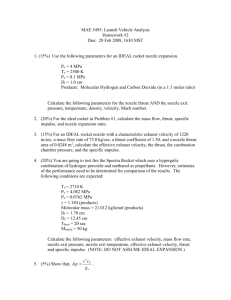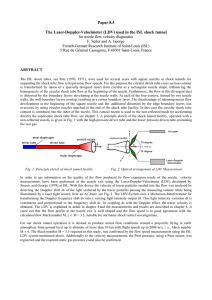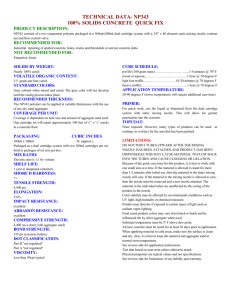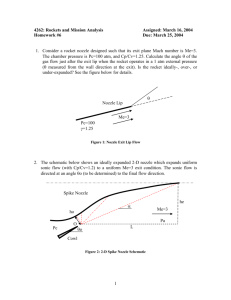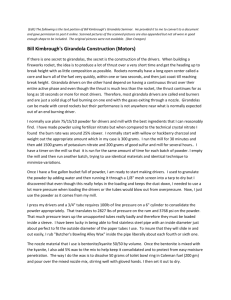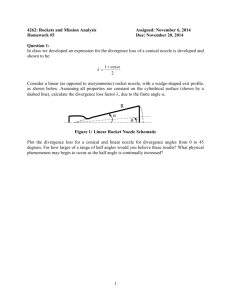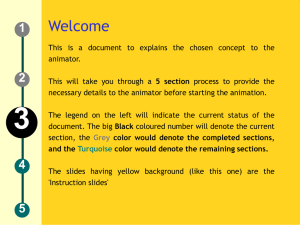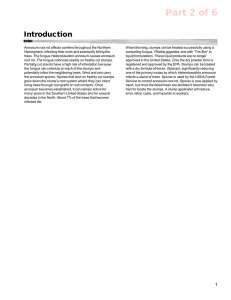robots in radio-active environments
advertisement
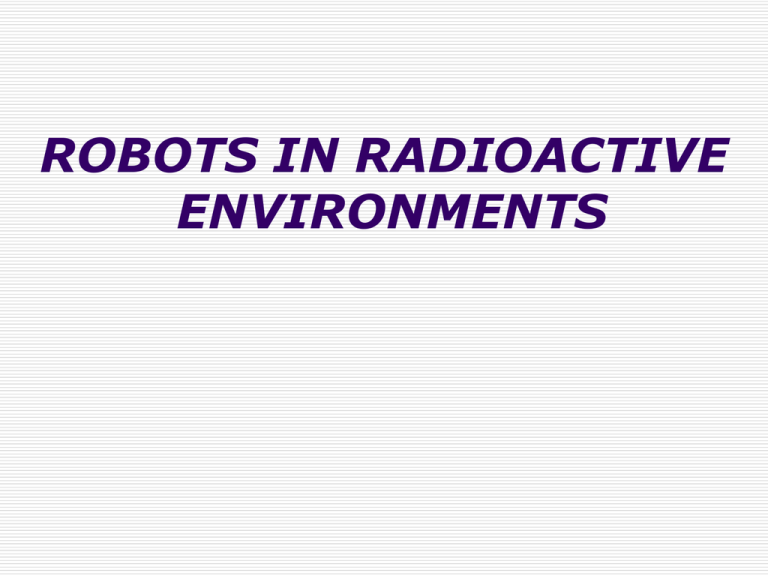
ROBOTS IN RADIOACTIVE ENVIRONMENTS INTRODUCTION In a critical place such as a nuclear power plant , where the manual work is quite difficult the application of robots are really worth mentioning. Robots are used to prevent exposure of humans to radiations in Nuclear Power plants CONCEPT Webster’s dictionary definition “An automatic device that performs functions ordinarily described to human beings” Robotic Institute of America definition “It is a reprogrammable multifunctional manipulator designed to move materials, parts, tools etc through variable programmed motion of the performance of a variety of tasks CONTENTS Minimize human exposure Maintenance activities Steam Generators Tele-operation platform End effectors Remove fallen objects in primary circuit nozzle PWR reactor vessel MINIMIZE HUMAN EXPOSURE Risk of contamination which is accidental Irradiation affects operators work areas Professional workers are few in number and require years of experience International laws exist which limit the max exposure rate of workers Reduce working time and increase maintenance cost PREVENTIVE MAINTENANCE AND UNFORSEEN INCIDENTS Periodic maintenance require Careful preparation Safety Well known working environment Prepared using a full scale mockup For telerobotics there is • Geometric model of the remote site • Mission is programmed Operates in supervision mode WHAT IS THE NEED OF ROBOTS IN STEAM GENERATORS ? Steam Generators use U bent tubes. U bent tubes in WSG made using inconel alloy to ensure High thermal efficiency of heat exchanger Multiple stresses Mechanical and thermal loading vibrations & corrosion Maintenance jobs during plant refueling are complex Water cleaning, nozzle dam insertion etc. ROSA NOZZLE DAM INSERTION Remote user interface Control six axis arm ROSA in proximity to the nozzle dam, positioning gripper to remove it • Arm base is attached to tube sheets by means of four hydraulic cam locks • Arm is equipped with a remote quick connector to facilitate the assembly and disassembly of such tools JUMPER EXECUTING THE TASK TELEOPERATION PLATFORM New platform developed using Hewlett Packard UX operating system Local area network connects with teleoperation platform with robot control unit Graphic models of arm, loader, tube sheet & channel head was developed using ROBCAD The Sequence of observation made by the operator when robot is loaded at tube sheet of SG •Critical & Needs careful programming •Arm should be manually inserted in the channel head through a narrow man way • One inside the RQC is attached to a loader • Hence the cinematic tree is inverted • Operator moves the loader • Arm should perform a predefined motion scheme • After last motion the arm base should be perfectly aligned with the tube sheet • Operator moves the base until the camlocks are inside the anchor tubes and expand them END EFFECTORS Develop tools that could operate on tube sheets of SG Operations include Detecting wrong tubes Canceling wrong tubes Recovering them Drilling plugs Placing the nozzle dams ELECTRO DISINTEGRATION MACHINE • To disintegrate foreign elements located in the tubesheet PARTS OF EDM Remote Quick Connector (RQC) to attach to robot end, a fixed platform where vision are installed CONTD…. Potentiometer for alignment with the tubesheet & Camlocks for anchoring to it Commands are provided to fit & activate EDH, to fit intensity and voltage parameters and to load and unload the tool REMOVAL OF FALLEN OBJECTS IN PRIMARY CKT NOZZLE Objects may fall inside primary nozzle during maintenance operation, if dam not installed Necessary to develop special tools. Tools are handled by jumpers from channel head nozzle so accumulated doses are high INSPECTION & RETRIEVING VEHICLE It is highly robust & fail safe. REMOVAL OF FALLEN OBJECTS INSIDE PWR VESSEL Parts of tools may fall inside vessel during refuelling because of human error • Teleoperated and robotized system for maintenance operation in nuclear powerplant vessels (TRON) is a four joint of robotised pole • Used to retrieve fallen objects from the PWR reactor vessel • It comprises jointed pole, end effectors & computer vision navigation system APPLICATIONS STEAM GENERATORS: • Primary tube inspection & maintenance. • Channel head cleaning . • Nozzle dam insertion. REACTOR CAVITY: • Fuel transfer channel cleaning & underwater inspection. REACTOR VESSEL: • Underwater inspection & repair. • Foreign fallen object removal. CONCLUSION With improving technology & growing perception of the need to keep human workers away from high radiation areas, more competitive robotic systems are increasingly becoming available THANK YOU

